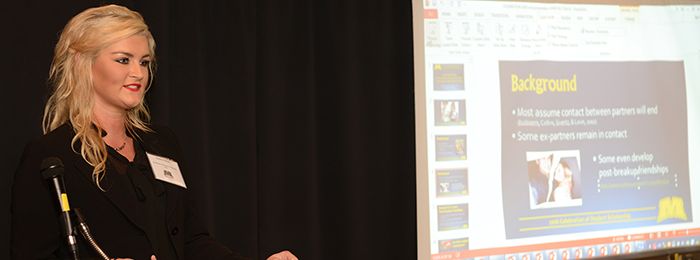Document Type
Video
Publication Date
Spring 2021
Abstract
Hyperbaric oxygen therapy (HBOT) is a method in which pressurized oxygen is used to improve oxygen delivery to tissues. This treatment has been found to be effective in a variety of disorders in human and animal medicine, however it is underutilized in small animal medicine, in part because veterinary professionals may not be adequately familiar with how it works and when it is worthwhile. There has been hesitancy to utilize this method of treatment due to the fear of the unknowns, one example being a potential for an increase in intraocular. The mission of this project was to expand knowledge of HBOT treatment and also determine the effect of increased oxygen pressures on the internal aqueous pressure in the anterior chamber of the eye to identify any negative effects that there could be on the canine eye. Patients in this study underwent hyperbaric oxygen therapy for a specific condition that was recorded and did not receive unnecessary treatments. Each participant had a complete physical examination performed by a licensed veterinarian to assure that there was not underlying pathology that would contraindicate HBOT and patients were not selected to participate if they had a known underlying ocular condition. For this study, eighteen dogs were subject to hyperbaric oxygen therapy and were treated with 100% oxygen at a pressure of 14.7 PSI for 30 minutes. Overall treatments lasted approximately 60 minutes, allowing roughly 15 minutes to achieve 14.7 PSI and roughly 15 minutes to decompress after the treatment to avoid barotrauma. Intraocular pressures were obtained using an Icare® TONOVET Plus Tonometer and the chamber that was utilized in this study is a Companion Animal Hyperbarics, LP chamber. Patient intraocular pressures were measured immediately prior to HBOT and immediately after. A single credentialed veterinary technician was responsible for obtaining each intraocular pressure reading in order to ensure that there was no discrepancy amongst individuals. Due to the nature of the treatment being within an enclosed chamber, intraocular pressures were not taken during the treatment. Analysis of results compared an increase or decrease in post-HBOT intraocular pressure compared to pre-HBOT readings. Results of this trial suggest that there is no clinically significant impact on intraocular pressure in patients receiving hyperbaric oxygen therapy.
Recommended Citation
Ott, Sierra, "Effects Of Hyperbaric Oxygen Therapy On Intraocular Pressure In Dogs" (2021). 2021 Celebration of Student Scholarship - Oral Presentations. 40.
https://scholarworks.moreheadstate.edu/celebration_videos_2021/40
Included in
Arts and Humanities Commons, Biology Commons, Business Commons, Engineering Commons, Higher Education Commons, Nursing Commons, Social and Behavioral Sciences Commons

